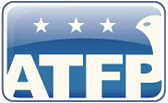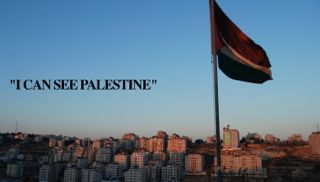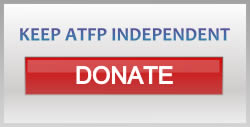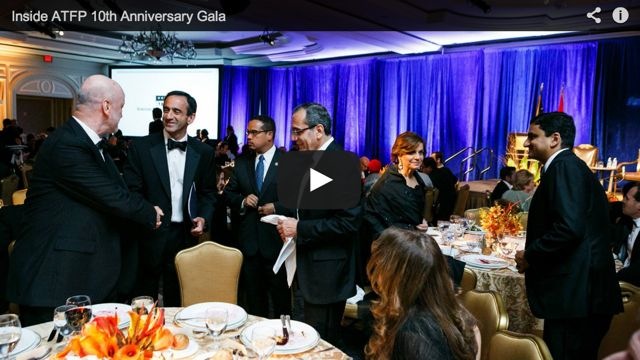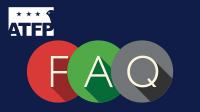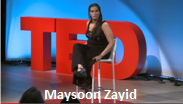Note: This page presents the summary of Jim Zanottit’s paper. For the complete paper, please download the PDF provided at the bottom of the page.
U.S. Foreign Aid to the Palestinians
Jim Zanotti
Summary
Since the establishment of limited Palestinian self-rule in the West Bank and Gaza Strip in the mid-1990s, the U.S. government has committed over $4 billion in bilateral assistance to the Palestinians, who are among the world’s largest per capita recipients of international foreign aid. Successive Administrations have requested aid for the Palestinians to support at least three major U.S. policy priorities of interest to Congress:
- Creating a virtuous cycle of stability and prosperity in the West Bank that inclines Palestinians—including those in the Hamas-controlled Gaza Strip—towards peaceful coexistence with Israel and prepares them for self-governance.
- Combating, neutralizing, and preventing terrorism against Israel from the Islamist group Hamas and other militant organizations.
- Meeting humanitarian needs and preventing further destabilization, particularly in the Gaza Strip.
Since June 2007, these U.S. policy priorities have crystallized around the factional and geographical split between the Fatah-led Palestinian Authority (PA) in the West Bank and Hamas in the Gaza Strip. A May 2011 power-sharing agreement between Fatah and Hamas has raised concerns among some Members of Congress about continuing U.S. budgetary and security assistance to a PA government that could be subject to the approval of a U.S.-designated Foreign Terrorist Organization (Hamas) that claims to reserve the right to violently oppose Israel’s existence. Prospects for implementation of the power-sharing agreement remain unclear. Some observers question the extent to which Palestinians in the West Bank and Gaza are likely to integrate their political decision making and security practices, and also question the credibility of the one-year timeline put forward for PA presidential and legislative elections. Furthermore, some U.S. lawmakers have raised the possibility that U.S. aid to the PA could be affected by Palestinian efforts to seek international recognition of Palestinian statehood outside of negotiations with Israel.
From FY2008 to the present, annual U.S. bilateral assistance to the West Bank and Gaza Strip has averaged over $600 million, including annual averages of over $200 million in direct budgetary assistance and over $100 million in non-lethal security assistance for the PA in the West Bank. Additionally, the United States is the largest single-state donor to the U.N. Relief and Works Agency for Palestine Refugees in the Near East (UNRWA). However, whether UNRWA’s role is beneficial remains a polarizing question, particularly with respect to its presence in Hamas controlled Gaza.
Because of congressional concerns that, among other things, funds might be diverted to Palestinian terrorist groups, U.S. aid is subject to a host of vetting and oversight requirements and legislative restrictions. U.S. assistance to the Palestinians is given alongside assistance from other international donors, and U.S. policymakers routinely call for greater or more timely assistance from Arab governments in line with their pledges.
The power-sharing or “unity” government expected in the wake of the May 2011 Fatah-Hamas agreement will not be eligible for U.S. aid if Hamas is included in the government and does not change its stance towards Israel—possibly subject to some limited exceptions. Even if the immediate objectives of U.S. assistance programs for the Palestinians are met, lack of progress toward a politically legitimate and peaceful two-state solution could undermine the utility of U.S. aid in helping the Palestinians become more cohesive, stable, and self-reliant over the long term.
| Attachment | Size |
|---|---|
| zanottiaidtopalestine.pdf | 312.46 KB |
Congressional Research Service - May 31, 2011 - Back to Resources Page
Did we miss something?
Click here to suggest a state building resource to be added to our fast-growing archive!

